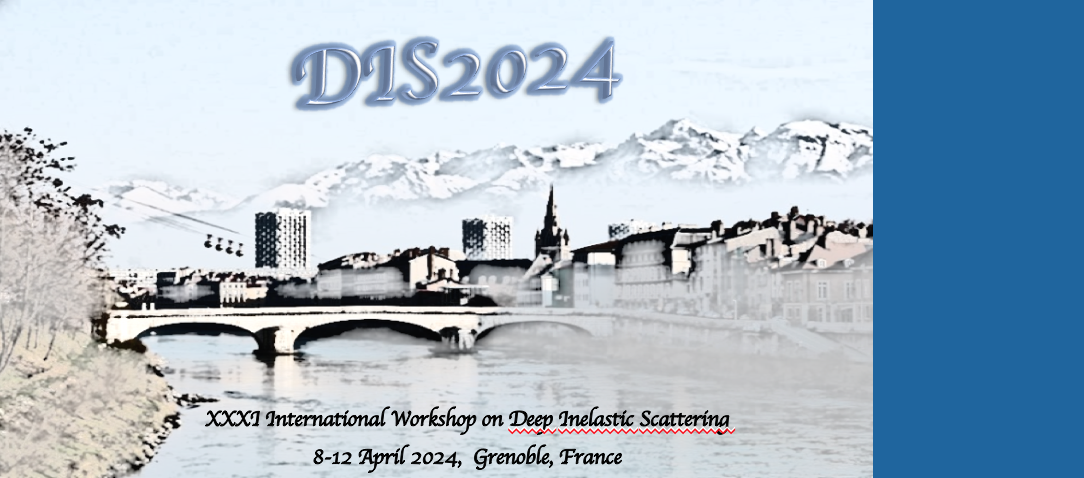Orateur
Description
Abstract 244:
Jets, the collimated streams of hadrons resulting from the fragmentation of highly energetic quarks and gluons, are some of the most commonly observed radiation patterns in hadron collider experiments. The distribution of quantum chromodynamic (QCD) radiation within jets is determined by complex processes, the production of showers of quarks and gluons and their subsequent recombination into hadrons. In this talk, several recent measurements of the jet substructure from the ATLAS experiment are presented. The measurements utilise either multijet events or jets produced in the decay of W bosons and the fragmentation of b-quarks in top pair production, using the reconstructed charged particles inside the jet. Presented are measurements of non-perturbative track functions, as well as differential cross-section of Lund sub-jet multiplicities and measurements of the Lund Jet Plane in top quark pair production. Finally, the substructure of top-quark jets, using top quarks reconstructed with the anti-kt algorithm is highlighted. The results are compared to a large variety of parton shower models and tunes.
Abstract 249:
The production of jets at hadron colliders provides stringent tests of perturbative QCD. The latest measurements by the ATLAS experiment are presented in this talk, using multijet events produced in the proton-proton collision data at sqrt(s) = 13 TeV delivered by the LHC. Jet cross-section ratios between inclusive bins of jet multiplicity are measured differentially in variables that are sensitive to either the energy-scale or angular distribution of hadronic energy flow in the final state. Several improvements to the jet energy scale uncertainties are described, which result in significant improvements of the overall ATLAS jet energy scale uncertainty. The measurements are compared to state-of-the-art NLO and NNLO predictions. A measurement of new event-shape jet observables defined in terms of reference geometries with cylindrical and circular symmetries using the energy mover???s distance is highlighted.

